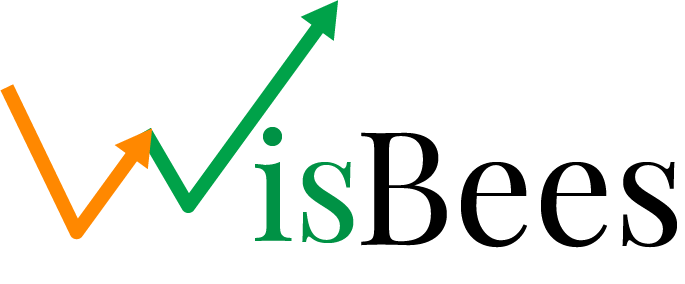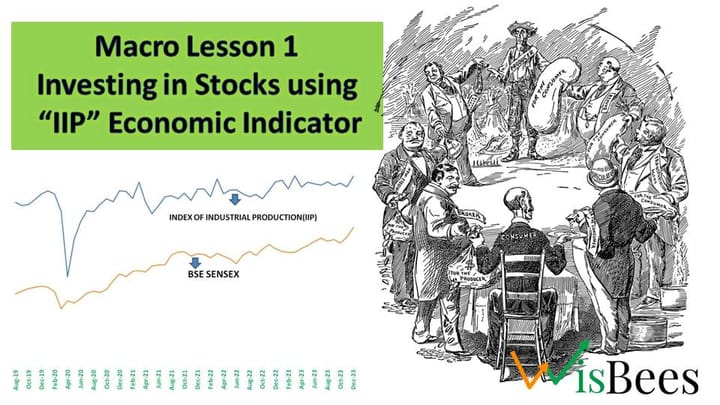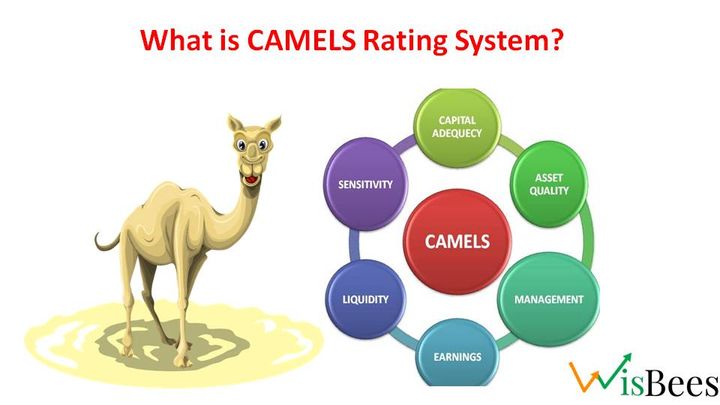Hurdle Rate

A Hurdle Rate is the minimum rate of return that an investment must generate before it can be considered a viable investment opportunity. It is a benchmark used to evaluate the potential return on an investment and is used to compare the potential return with the perceived level of risk associated with the investment.
The hurdle rate is typically set higher than the rate of return that can be earned on risk-free investments such as U.S. Treasury bonds. This is because investments that carry a higher level of risk should also offer a higher potential return to compensate for that risk. For example, a venture capital fund may have a hurdle rate of 20% because the investments they make are considered high-risk, while a bond fund may have a hurdle rate of 5% because the investments they make are considered low-risk.
In practical terms, if an investment does not meet the hurdle rate, it will not be approved by the investment committee, or the fund manager will not invest in it.
It should be noted that the Hurdle rate is not a fixed number, but rather it can be adjusted based on the investment opportunities, economic conditions, and investor's risk appetite.
It is the bare minimum return that a project should generate to be considered for investment so that the return that would be generated can compensate for the cost of capital accumulated from various sources that would be invested in the project. Projects with positive NPVs are considered as those projects that can cross the hurdle rate.
It is determined by the summation of the weighted average cost of capital and risk premium.



